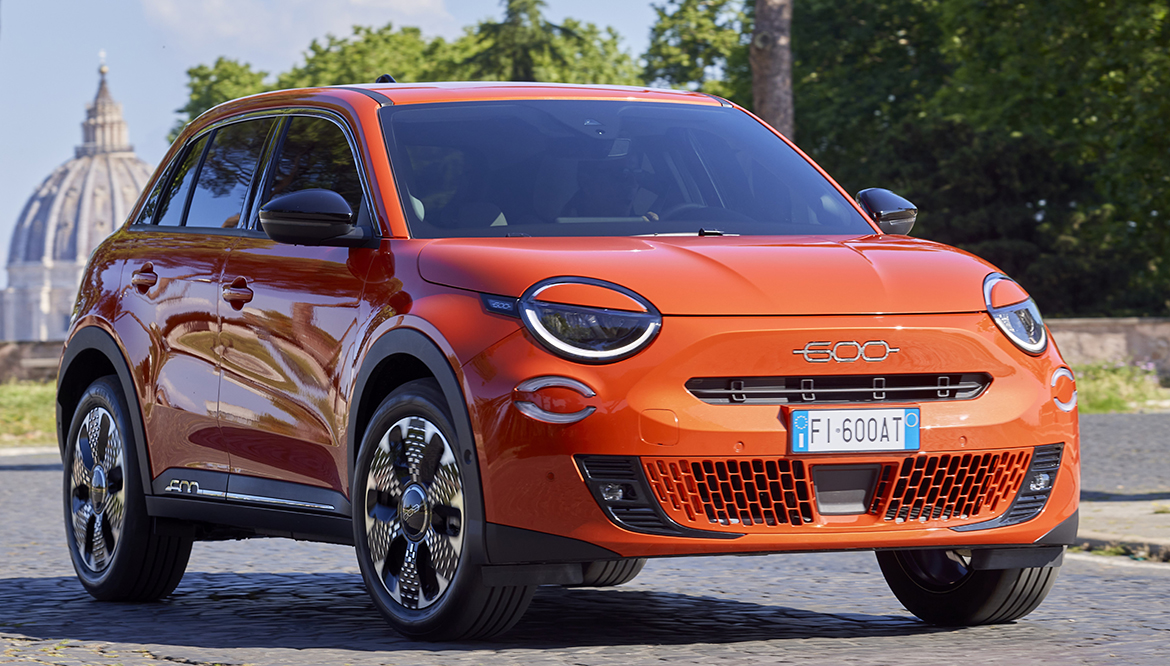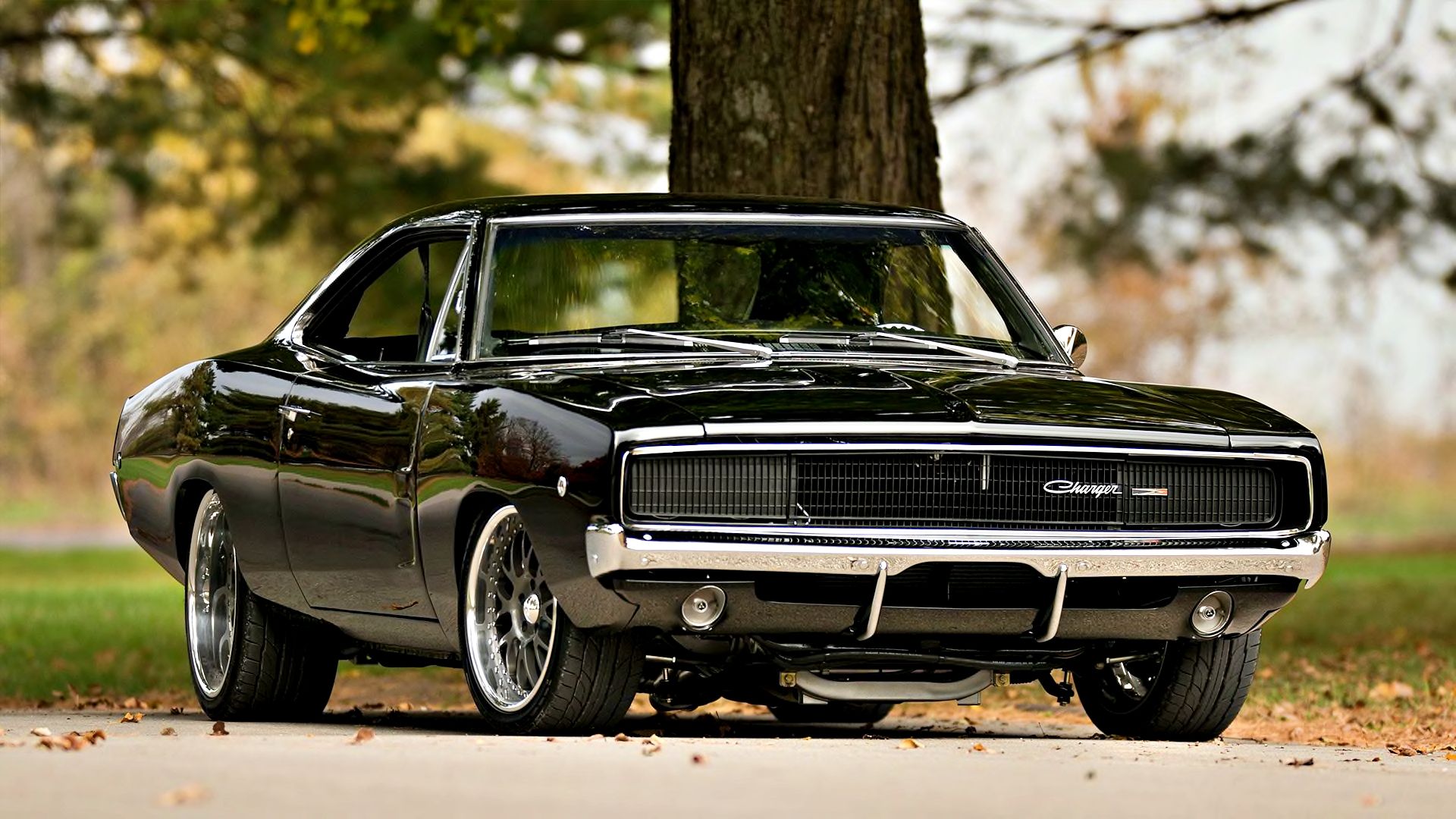The Fiat 124 Spider is a classic car that has been charming enthusiasts for decades with its sleek design, agile handling, and rich history. First introduced in 1966, this Italian roadster was designed by Tom Tjaarda at Carrozzeria Pininfarina, and its production spanned over 19 years, with the last model rolling off the assembly line in 1985. The 124 Spider was not only a styling icon of its time but also a testament to Fiat's engineering prowess, as it was based on the Fiat 124 sedan platform, but with a significant emphasis on sportiness and driving pleasure.
One of the defining characteristics of the Fiat 124 Spider is its beautiful and timeless design. The car's lines were penned by Tom Tjaarda, an American designer working for Pininfarina, who managed to create a car that was both stylish and functional. The 124 Spider's design has been praised for its elegance, with a long hood, a short rear deck, and a streamlined profile that gives the car a sense of speed and agility, even when it's standing still. Over the years, the 124 Spider underwent several updates and facelifts, but its core design remained largely unchanged, and it continues to be admired by classic car enthusiasts around the world.
Key Points
- The Fiat 124 Spider was produced from 1966 to 1985, with over 200,000 units sold worldwide.
- The car was designed by Tom Tjaarda at Carrozzeria Pininfarina, with a focus on style, agility, and driving pleasure.
- The 124 Spider was based on the Fiat 124 sedan platform, but with significant modifications to create a sporty and responsive driving experience.
- The car's engine range included 1.2L, 1.4L, 1.6L, and 2.0L options, with the most powerful version producing 135 horsepower.
- The Fiat 124 Spider has a dedicated following among classic car enthusiasts, with many owners and collectors around the world.
Design and Engineering

The Fiat 124 Spider’s design was not only aesthetically pleasing, but it was also carefully engineered to provide a driving experience that was both exhilarating and refined. The car’s chassis was designed to be lightweight and agile, with a rear-wheel drive layout and a live rear axle. The suspension was independent at the front, with a coil spring and shock absorber setup, while the rear axle was located by a panhard rod and a coil spring. This combination of design elements gave the 124 Spider its characteristic handling and balance, making it a joy to drive on twisty roads and mountain passes.
Engine and Performance
The Fiat 124 Spider was available with a range of engines, including 1.2L, 1.4L, 1.6L, and 2.0L options. The most powerful version, the 2000 Spider, produced 135 horsepower and 137 lb-ft of torque, which was enough to propel the car from 0-60 mph in just 9.5 seconds. The engine was mated to a 5-speed manual transmission, which provided smooth and precise shifting, and a limited-slip differential was available as an option to improve traction and stability.
| Engine Option | Horsepower | Torque |
|---|---|---|
| 1.2L | 65 hp | 67 lb-ft |
| 1.4L | 80 hp | 82 lb-ft |
| 1.6L | 95 hp | 100 lb-ft |
| 2.0L | 135 hp | 137 lb-ft |

Restoration and Maintenance

For those who are interested in owning a Fiat 124 Spider, restoration and maintenance are important considerations. The car’s design and engineering make it relatively easy to work on, with many parts still available from suppliers and enthusiasts. However, as with any classic car, there are certain areas that require special attention, such as the car’s rust-prone areas, including the sills, door frames, and trunk floor. Regular maintenance is also essential to keep the car in good condition, including oil changes, brake pad replacements, and tire rotations.
Common Issues and Solutions
Despite its reputation for reliability, the Fiat 124 Spider is not immune to common issues that can arise with age and wear. One of the most common problems is rust, which can be addressed by repairing or replacing the affected areas. Other issues include worn-out suspension components, faulty electrical systems, and overheating engines. Fortunately, many of these problems can be solved with relative ease, and there are many resources available to owners, including repair manuals, online forums, and specialist mechanics.
What is the most common issue with the Fiat 124 Spider?
+Rust is one of the most common issues with the Fiat 124 Spider, particularly in areas such as the sills, door frames, and trunk floor. Regular maintenance and inspections can help to identify and address rust problems early on.
How do I find parts for my Fiat 124 Spider?
+There are many suppliers and enthusiasts who specialize in providing parts for the Fiat 124 Spider. Online forums, classic car clubs, and specialist mechanics can also be a great resource for finding parts and advice.
What is the best way to maintain my Fiat 124 Spider?
+Regular maintenance is essential to keep your Fiat 124 Spider in good condition. This includes oil changes, brake pad replacements, tire rotations, and regular inspections to identify and address any potential issues early on.
In conclusion, the Fiat 124 Spider is a classic car that offers a unique combination of style, agility, and driving pleasure. With its beautiful design, responsive handling, and rich history, it’s no wonder that this car has become a beloved classic among enthusiasts. Whether you’re a seasoned collector or a newcomer to the world of classic cars, the Fiat 124 Spider is definitely worth considering. With its relatively low cost, ease of maintenance, and abundance of parts and resources, it’s an excellent choice for anyone looking to own a piece of automotive history.
